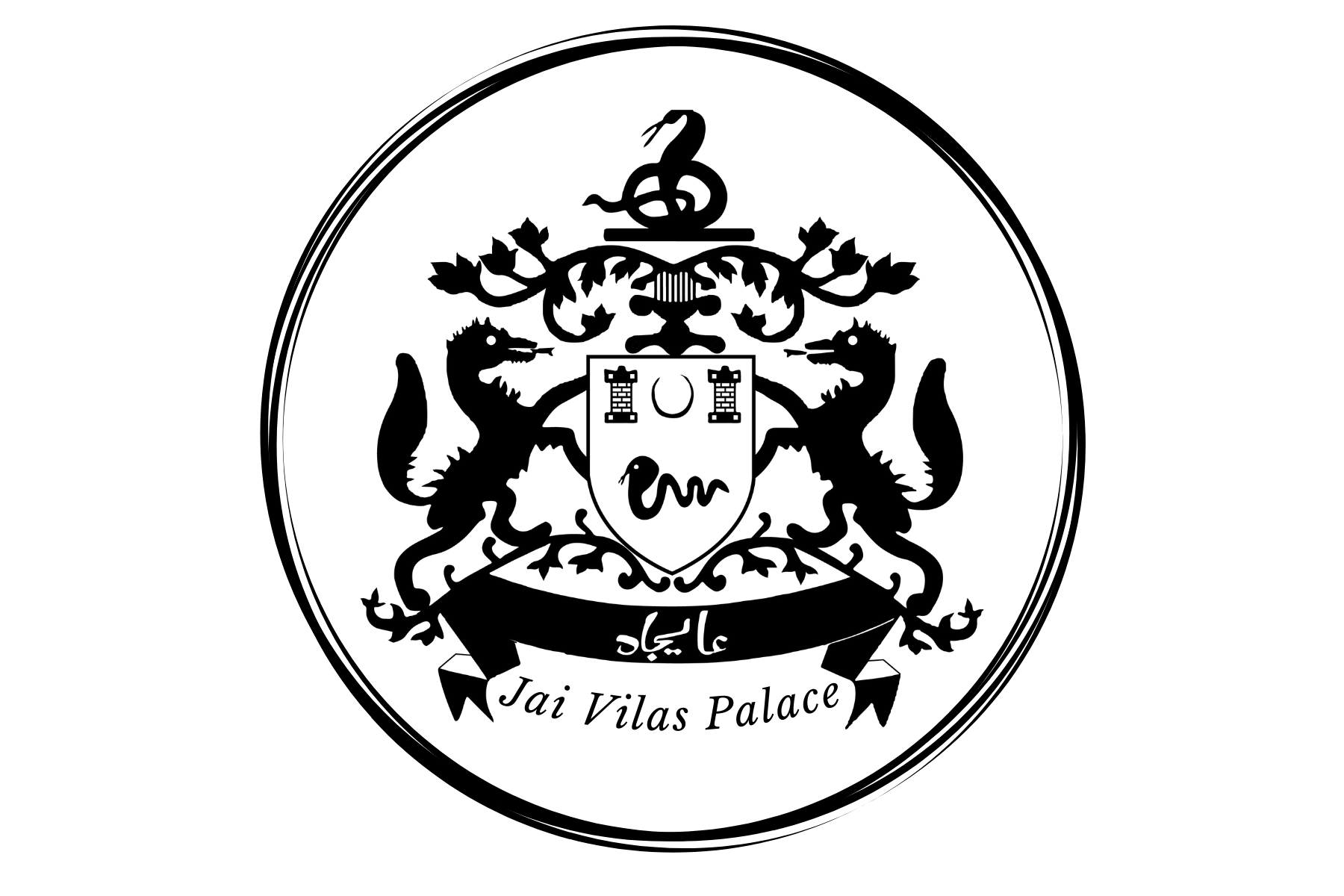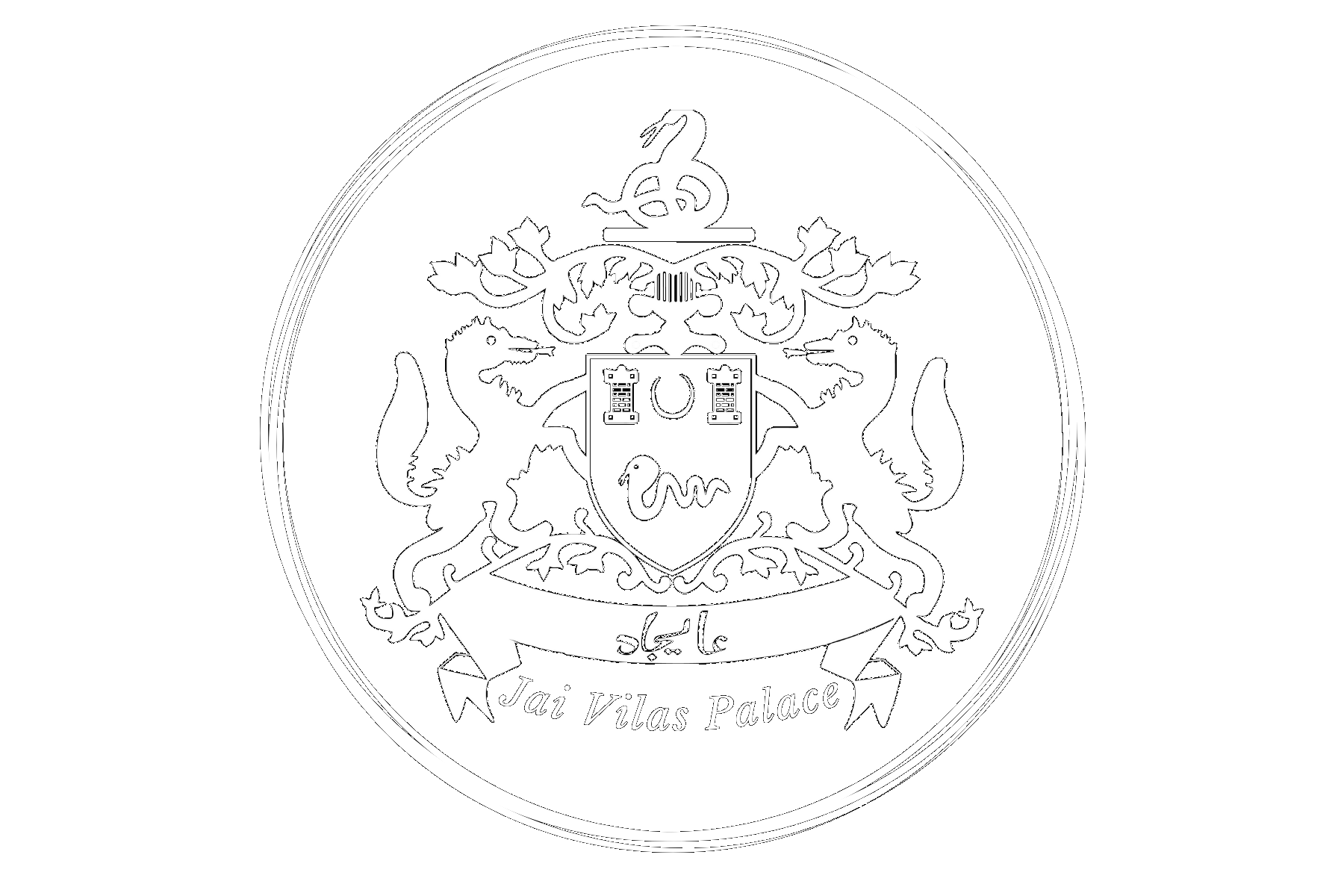About Us


HISTORY & ARCHITECTURE
The Jai Vilas Palace was constructed in 1874 by Maharaja Jayajirao Scindia (1843-86) of the Maratha Scindia Dynasty, the then-Maharaja of the Princely State of Gwalior.
This majestic palace was built as a Western style residence for the Maharaja and also to extend a grand welcome to the then-Prince of Wales and Emperor of British India (1901-10) King Edward VII and Queen Mary, on their visit to Gwalior on 20th December 1905, during their India tour.
Constructed in sandstone and painted in brilliant white, the three-storeyed palace was designed by Lieutenant Colonel Sir Michael Filose. Known affectionately in Gwalior as Mukhel Sahib, he was the Chief Secretary and Director of Public Instruction of Gwalior in 1863. Sir Michael also designed and built several notable Gwalior landmarks, like the Central Jail, Moti Mahal and the Court.
The Jai Vilas Palace is an inspired amalgam of three architectural styles - a Tuscan first storey, an Italian Doric second storey, and a third storey that draws inspiration from Corinthian design. Unlike other palaces in India, the Jai Vilas has minimal Indo-Saracenic features, nor does it incorporate many local motifs or regional iconography. It is, rather, an European masterpiece living in the heart of India, inspiring awe amongst visitors from across the world.
On 12th December, 1964, Rajmata Vijaya Raje Scindia converted the West and South wings of the Palace into a museum, in memory of her beloved husband HH Maharaja Sir Jiwaji Rao Scindia, the last Maharaja of the Princely State of Gwalior. The Museum was inaugurated by the then-President of India, Dr. Sarvapalli Radhakishnan.
Over the years, portions of the West wing of the Palace have also been added to the Museum. They enable glimpses of art, culture and Maratha history, and of the lifestyle of the Scindia Dynasty of Gwalior. The collection is quintessentially cross-cultural, showcasing congruence and diversity in artistic expression across milieus.
With 41 galleries at present, the Museum displays diverse collections, dating from the 18th to the 20th Centuries. Some of its highlights are:
* Royal carriages and royal textiles;
* The Kerman Masha’ir carpet in the Durbar Hall;
* Arms and armour used by the Scindia army;
* Decorative art, rosewood furniture and sculpture;
* Rare paintings by Indian and European masters, lithographs and prints and manuscripts; and,
* Southeast Asian art collections.
Lt. Col. Michael Filose

Lt. Col. Michael Filose(1832-1925)was the architect of the Jai Vilas Palace and a sardar, or hereditary nobleman, of the Scindia court. He was a descendant of Jean Baptiste (1775-1846), an Italian gentleman who had taken service under Mahadji Scindia.
Palanquin of Shah Alam
Palanquin of Shah Alam


